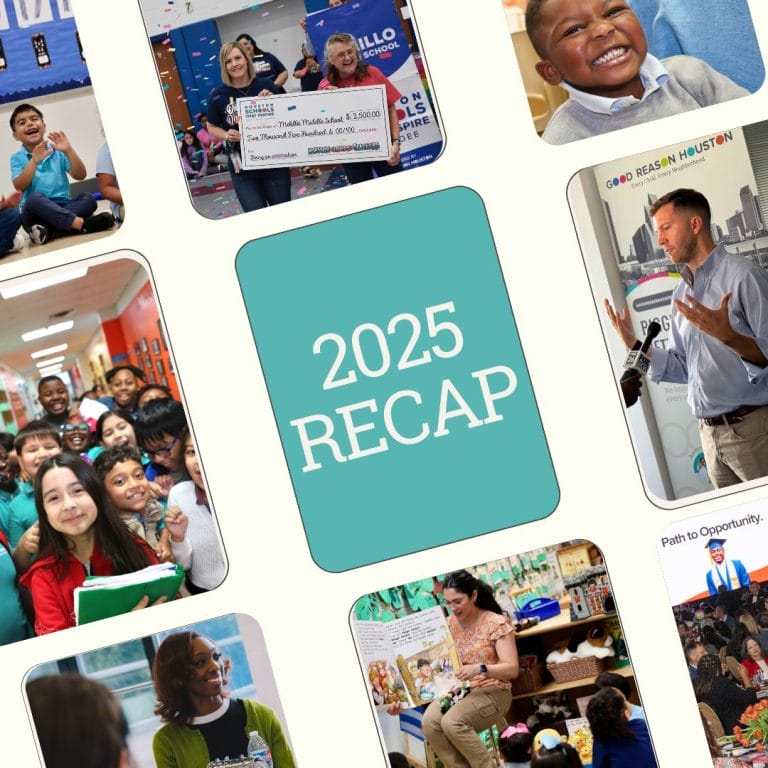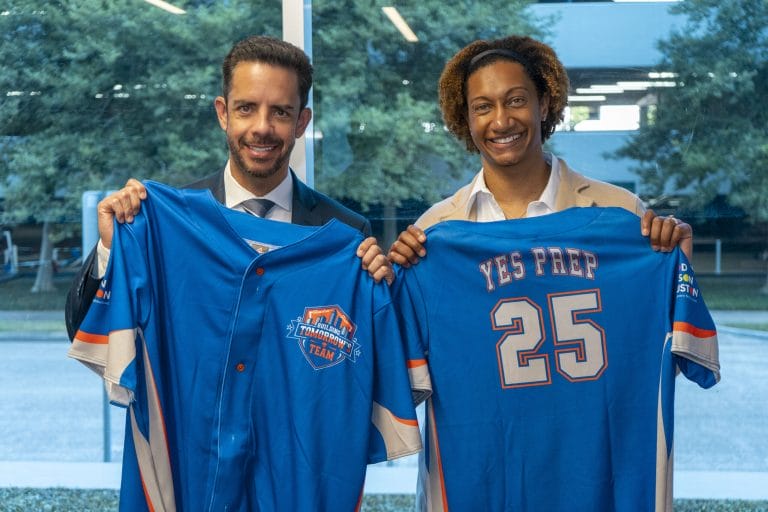Good Reason Houston uncovers critical insights on pre-K enrollment, academic achievement, and postsecondary readiness in the Houston region.
https://www.youtube.com/watch?v=82ekFUreqC8
Houston, TX – October 31 – Today, Good Reason Houston’s Research and Data team engaged a virtual audience to discuss the organization’s 2024 Houston Area Public Education Snapshot. This annual snapshot provides a detailed, data-driven analysis of student outcomes across the Houston region, revealing trends that continue to shape the region’s educational landscape and impact its future growth.
“Our Snapshot gives us a clear look at where our students are succeeding and where there’s an opportunity to support even greater outcomes,” said Cary Wright, CEO of Good Reason Houston. “By understanding these trends, we can make informed, student-focused decisions that ensure every child has the support to succeed and contribute to a stronger future for Houston.”
During the event, attendees were given an in-depth look into critical indicators such as pre-K enrollment, academic achievement, college, career, and military readiness (CCMR), and postsecondary success. Some key takeaways from the Snapshot include:
-
The state of public education in Houston remains a mixed picture. Houston’s public education shows progress in pre-K enrollment, reading achievement, and college, career, and military readiness, but these gains remain incremental and insufficient to create transformative change for the region’s future.
-
We’re seeing some early success around high-impact reform efforts. High-impact reforms, like Houston ISD’s New Education System (NES) and Aldine ISD’s Accelerating Campus Excellence (ACE) program, are driving results on specific campuses. Additionally, there are pockets of progress in closing gaps, particularly for Black students, across the region.
-
We have a lot more work to do. Much work remains, as progress is largely confined to specific campuses or parts of districts, raising concerns about scalability. Additionally, while more students are labeled college, career, and military ready, questions remain about the rigor of these standards and their alignment with postsecondary success.




